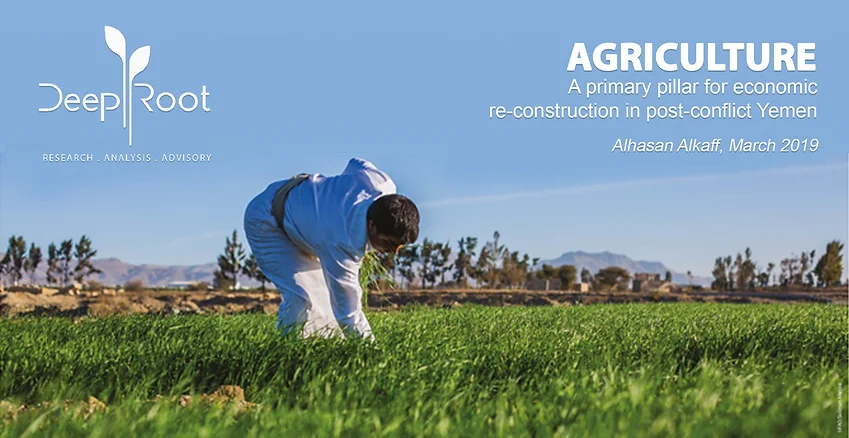Yemen, a land of diverse and fertile landscapes once serving as cross-roads for trade and communication was described by the Romans as “Arabia Felix” meaning “Flourishing Arabia” (اليمن السعيد). The country was indeed the first to cultivate coffee, and dominated the trade in spices and oriental aromatic resins and gums. The Yemen of today is not quite the same. In November of last year it was described by the UN Secretary General as the ‘worst humanitarian crisis’, where 3 quarters of the population are in need of humanitarian assistance. Following decades of poverty, and over 4 years of conflict, Yemen is on the brink of collapse.
Looking ahead, through a lens of hope and aspiration, Yemen’s post-conflict leaders, assuming they will agree to embark on the road of peace and nation building, will have to set their priorities as the country comes out of one of the most devastating conflicts of its modern history. Priorities will include restoration of law and order, demobilisation of armed groups as well as a revival of the country’s frail institutions. However, any future government will need to address key sectors that would re-build the essential social and economic foundations of the country.
This policy brief aims to demonstrate why the agriculture sector in Yemen should be a key economic priority. By capitalising on Yemen’s landscape and demographics, a revolution in its current agricultural model will help secure food supply for the country’s poorest and will play a pivotal role in re-building society through employment and infrastructure. Moreover, agriculture can eventually be transformed into a national source of income by exporting high value produce such as coffee and honey to neighbouring GCC countries.
